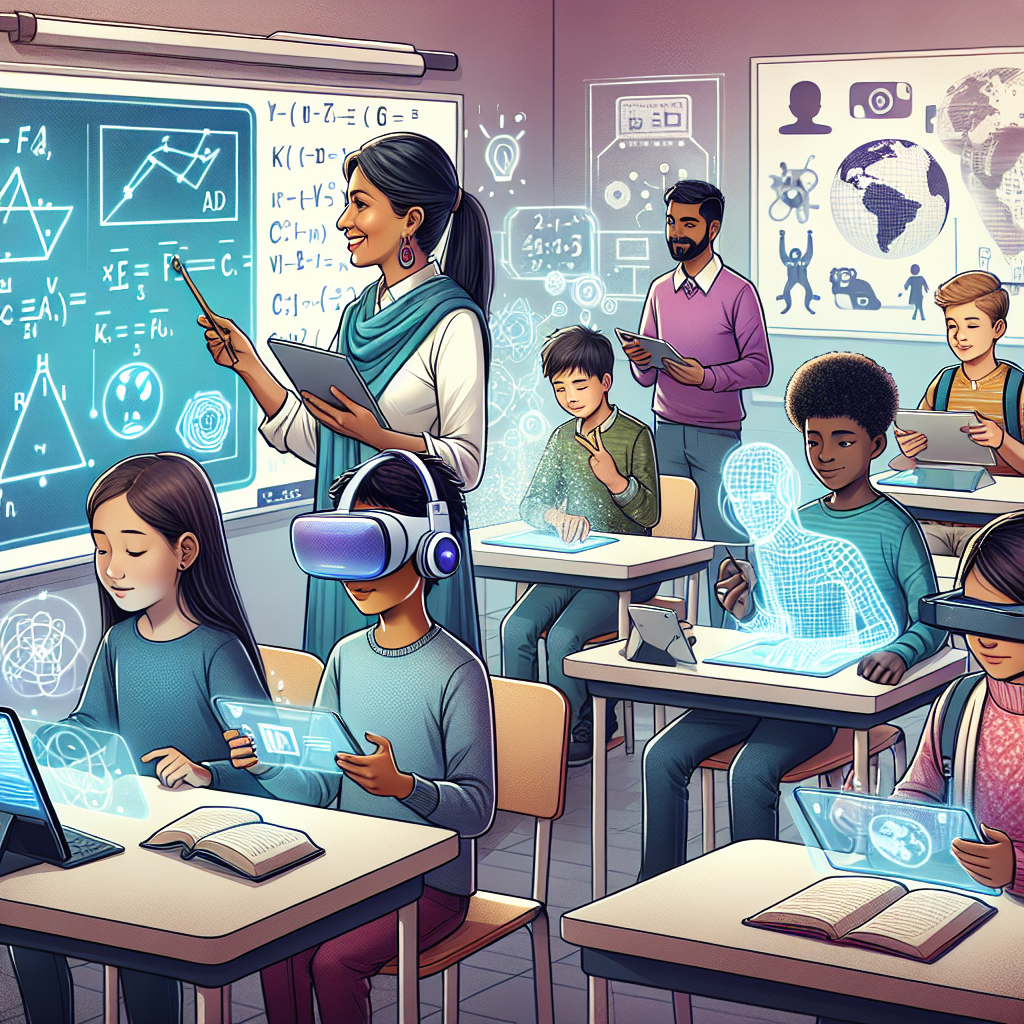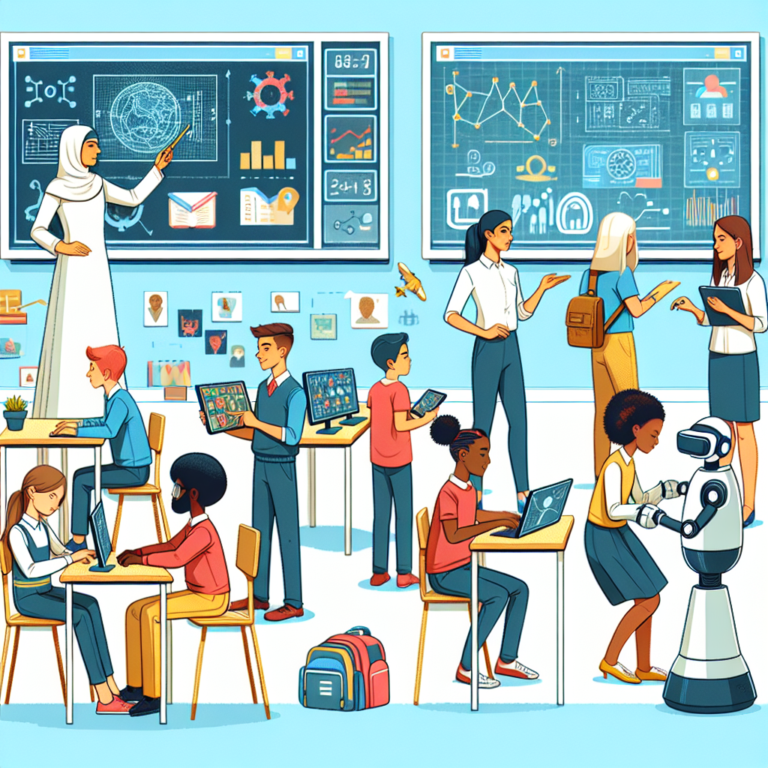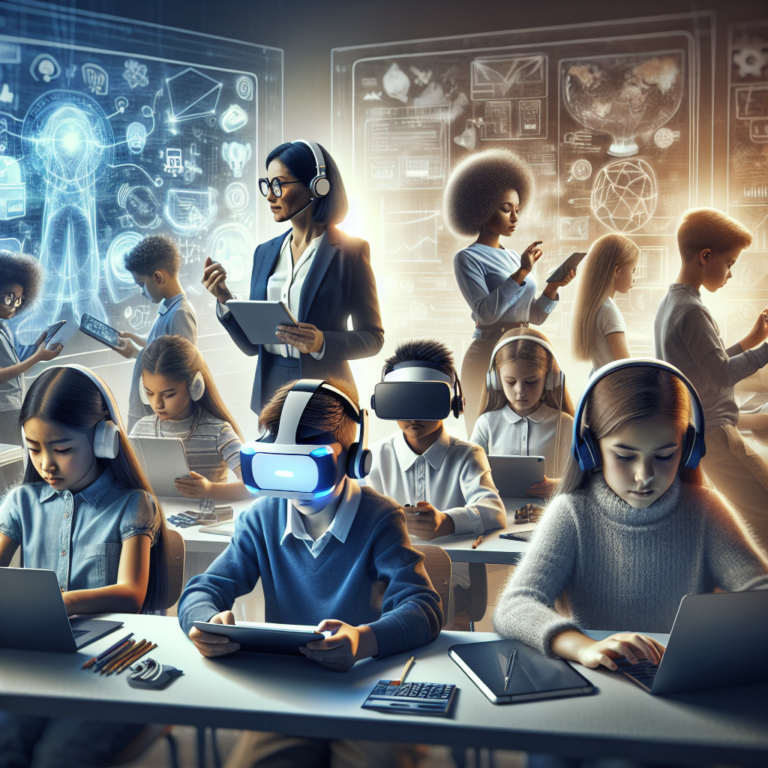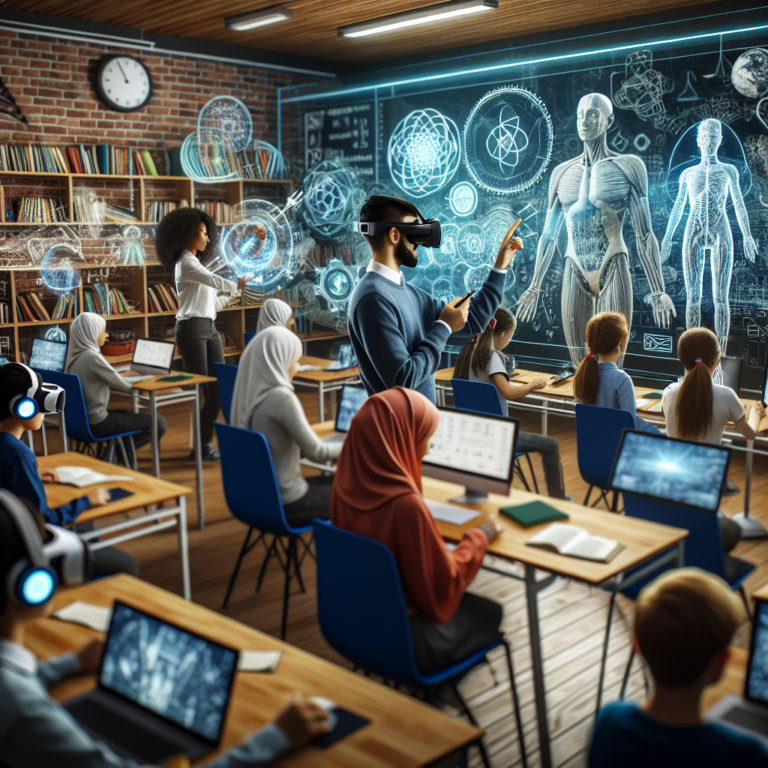Future Trends in Education Technology
Technology has always been a driving force in education, transforming the way teachers teach and students learn. As we move into the future, education technology (EdTech) is set to revolutionize classrooms even more. In this article, we’ll explore the upcoming trends in EdTech that educators, students, and parents should prepare for. By understanding these trends, we can better anticipate the changes in education technology and embrace the innovations that enhance learning experiences.
Embracing the Digital Classroom
The concept of the digital classroom has been around for some time, but recent advances in technology are making it more interactive and engaging than ever before. Smartboards and tablets have become commonplace, and as tech innovations continue to emerge, we can expect digital classrooms to become more immersive and tailored to individual learning styles.
Virtual Reality and Augmented Reality
Virtual Reality (VR) and Augmented Reality (AR) are two technologies that are beginning to make their way into the educational sphere. VR immerses students in a completely virtual environment, making it possible to take field trips to historical sites or explore the human body from the inside without leaving the classroom. AR, on the other hand, overlays digital information onto the real world, providing interactive experiences that can bring textbook content to life.
Cloud-Based Learning
The use of cloud-based tools in education is on the rise, allowing students to access learning materials anytime, anywhere. This shift enables a more flexible learning environment and encourages collaboration among students and teachers. Cloud-based learning platforms also make it easier to update and distribute new content, ensuring that the curriculum remains current and relevant.
Personalized Learning Through AI
Artificial Intelligence (AI) is set to play a significant role in changes in education technology. AI can analyze the way students interact with educational content, providing insights into their learning patterns and helping educators customize instruction to meet individual needs.
Adaptive Learning Platforms
Adaptive learning platforms use AI to adjust the difficulty of tasks based on the learner’s performance. These systems can identify areas where a student is struggling and provide additional practice or explanation, ensuring that each student receives support tailored to their learning journey.
Intelligent Tutoring Systems
AI-powered tutoring systems can simulate one-on-one instruction by providing personalized feedback and guidance. These systems are becoming increasingly sophisticated, allowing for more nuanced interactions that can rival those with human tutors.
Collaborative Tech Innovations
Collaboration is a key skill in today’s interconnected world, and classroom tech is evolving to support this. New technologies are making it easier for students to work together, regardless of their physical location.
Online Collaboration Tools
Tools like Google Workspace for Education and Microsoft Teams for Education facilitate real-time collaboration on documents, presentations, and projects. These platforms also integrate communication tools, enabling students and teachers to discuss ideas and provide feedback seamlessly.
Global Classroom Connections
Technology is breaking down geographical barriers, allowing classrooms to connect with peers around the world. Through video conferencing and collaborative projects, students can gain global perspectives and develop cross-cultural communication skills.
The Rise of Data-Driven Education
Data is becoming increasingly important in the educational process, providing insights that can improve teaching and learning outcomes.
Learning Analytics
Learning analytics use data collected from students’ interactions with digital tools to help educators understand learning behaviors and outcomes. This information can be used to identify at-risk students, tailor instruction, and improve educational content.
Assessment Technologies
Tech innovations in assessment are making it possible to evaluate student understanding in real-time. Tools like interactive quizzes and game-based assessments provide immediate feedback, allowing teachers to adjust instruction as needed.
Preparing for the Future
As we look towards the future trends in education technology, it’s clear that the role of the teacher is also evolving. Educators must be prepared to integrate new technologies into their teaching practices and to guide students in navigating digital learning environments.
Teacher Training and Professional Development
Ongoing professional development will be essential for teachers to stay up-to-date with the latest EdTech tools and strategies. Investing in teacher training ensures that educators can effectively incorporate tech innovations into their classrooms.
Equity and Access
Ensuring equitable access to technology is a critical consideration as we move forward. Schools and districts must address the digital divide to guarantee that all students have the opportunity to benefit from educational technology.
Conclusion
The future of education technology is bright, with tech innovations poised to create more engaging, personalized, and collaborative learning experiences. As we embrace these changes in education technology, we must also be mindful of the challenges and work together to ensure that all students have the tools they need to succeed in the digital age. By staying informed about the latest trends and investing in the necessary resources, we can prepare our educational systems for the exciting advancements that lie ahead.










